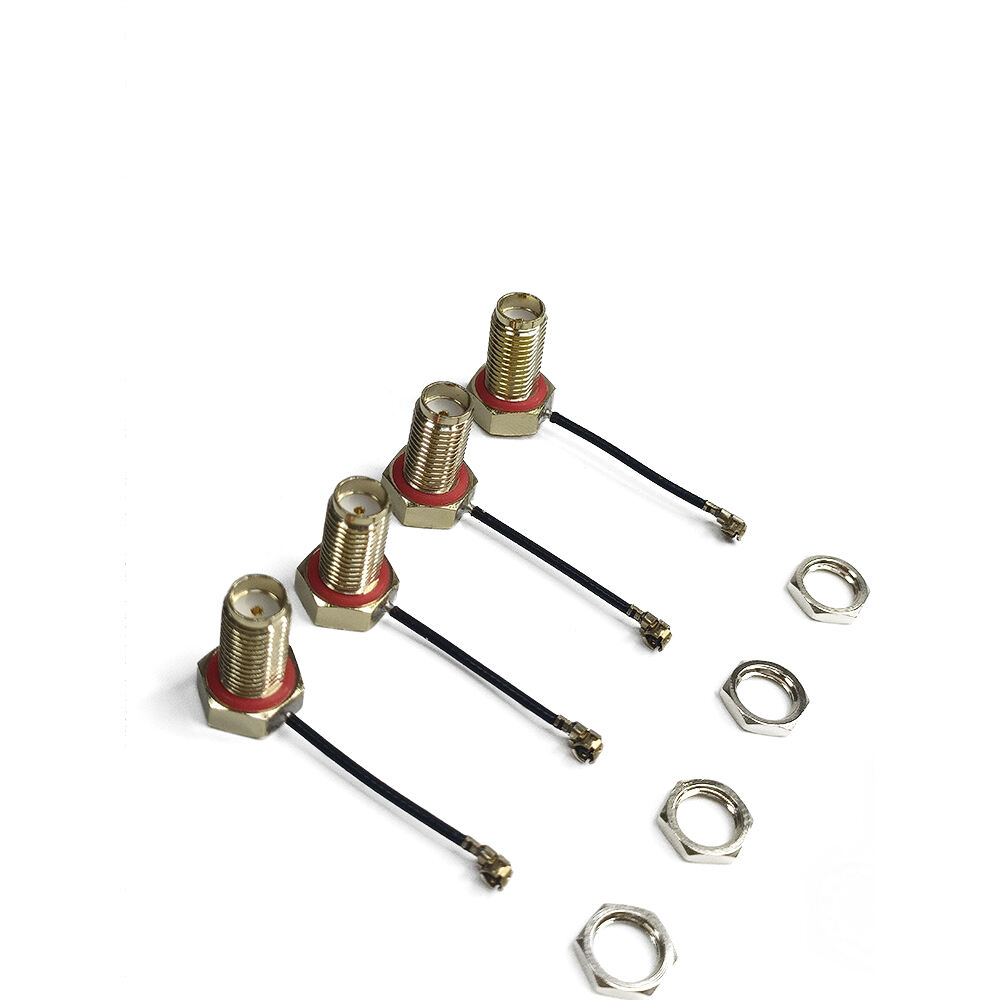RF connectors or coaxial connectors are useful technology tools. These are the connectors that let various devices communicate with each other. Understanding the fundamentals of RF connectors can guide you to choose and properly configure them according to your needs. And that’s what we’re going to spend some time exploring: RF connectors, and how they function!
RF connectors are typically small devices like these that join components together. You’ll find it in radios, TVs and computers. They also help transmit signals from one device to another. RF connectors consist of a center signal part and an outer ground shield.
When selecting an RF connector, consider what the signal is that you would like to transmit and what you want to connect it to. RF connectors are manufactured for different types of uses, so you need to select the correct one. If many devices suit many RF connectors.

The installation of RF connectors is very important. A Poor Connection If it’s not done correctly, Allidina says, it can cause headaches like dropped signals or interference, which might make it difficult for devices to function. When installing RF connectors, always use the installation instructions from the connector manufacturer and verify all connections are properly torqued.

Coaxial Connectors There are different types of coaxial connectors with special characteristics. Some popular models are BNC, SMA, N-connectors. Each type is made for a different purpose, so you’ll need to choose the one that’s best for you. There’s no shortage of customizable options to suit your needs.

If your RF connectors aren’t working, there are some typical problems to check for. Signal loss, interference and bad connection quality may also occur. If you’re experiencing either of these problems you’ll want to verify your connections or replace any faulty connectors, or seek professional help from a sound guy or gal.